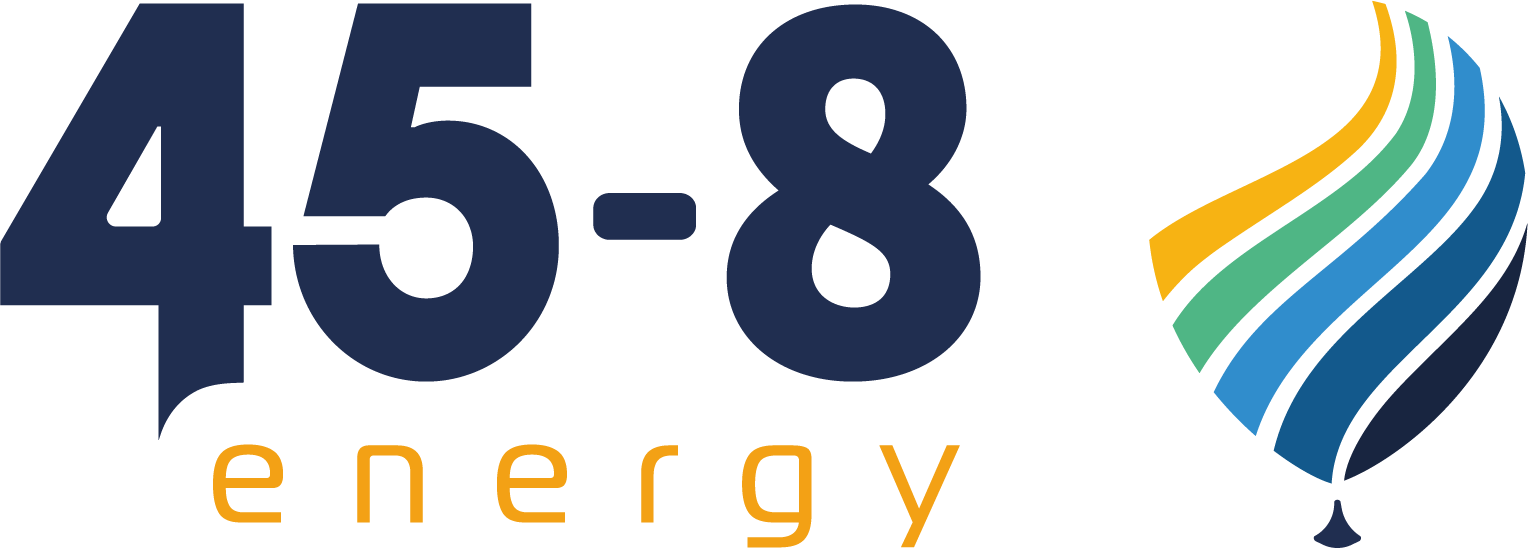MARENSIN exploration license
Bibliographical research and initial field studies were carried out in 2021 and 2022. This research, carried out as part of a research project called H2NA in which 45-8 ENERGY and Storengy was involved, revealed a potential for native hydrogen in the French Nouvelle-Aquitaine region.
In this context, Storengy and 45-8 ENERGY have jointly applied for an exploration license covering an area of 691km² in the Landes Département (40) for a period of 5 years. Storengy is the operator on this license.
The purpose of this application is to gain a deeper understanding of the geology of the area and to confirm the potential for native hydrogen.
A totally carbon-free resource, native hydrogen - also known as geological, natural or white hydrogen - could make a major contribution to the low-carbon hydrogen mix, particularly in the current context of the search for energy independence and decarbonisation of industries.
The Marensin exploration license, which is currently being examined by the relevant authorities, represents an opportunity for the production and use of native hydrogen in south-west France.
SOLID COLLABORATION FOR A NATIVE HYDROGEN EXPLORATION PROJECT IN SOUTHWEST FRANCE
01
Marensin exploration license

Bibliographic research and preliminary field studies have been carried out in 2021 and 2022, as part of the H2NA research project. Partly financed by the Nouvelle-Aquitaine Region, and in partnership with the French National Geological Survey (BRGM), UPPA (Université de Pau et des Pays de l’Adour), ENGIE, Storengy and CVA Group, the H2NA project studied the area’s potential for native hydrogen and defined the contours of an exploration license in a high-potential zone.
Storengy and 45-8 ENERGY have jointly filed a license application for a 691km² area in the Landes Département (40) with the French Ministry of Ecological Transition, which is currently being examined by the relevant authorities. The purpose of this application is to gain a deeper understanding of the geology of the area and confirm the potential for native hydrogen.
The granting of this exploration permit, and the subsequent validation of our hypotheses, would enable us to extract value from the native hydrogen and any associated gases. This potential production would encourage the use of hydrogen as a low-carbon energy carrier and contribute to the energy transition in south-western France.
The PER application has been submitted for a period of 5 years, in order to progressively acquire the necessary data to validate the hypotheses.
In addition to this exploration license, 45-8 ENERGY and Storengy are also working together on the Grand Rieu exploration license, in which 45-8 ENERGY, via its subsidiary 45-8 Grand Rieu, is the operator. Located in south-west France, in the Pyrénées-Atlantiques département (64), this Native Hydrogen exploration license also aims to deepen geological knowledge of the area and confirm the potential for native hydrogen.
02
A solid partnership between 45-8 ENERGY and Storengy
The license application is being submitted jointly with Storengy, a subsidiary of the ENGIE Group, as part of a partnership that will make it possible to draw on the respective expertise and resources of both parties.
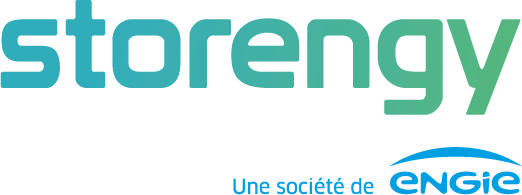
Storengy is the project operator. The company is coordinating all the activities to be carried out on the exploration license and will carry out the studies and works.
Storengy, an ENGIE subsidiary, is one of the world leaders in subsurface natural gas storage. The company has 21 natural gas storage sites in Germany and the UK. Storengy is also a key player in renewable gases. With 70 years' experience in subsurface exploration and exploitation, and in response to the current energy challenges of decarbonization and sovereignty, Storengy is today mobilizing its skills in the development of hydrogen storage infrastructures and the exploration of natural hydrogen with research and development projects initiated in 2016.
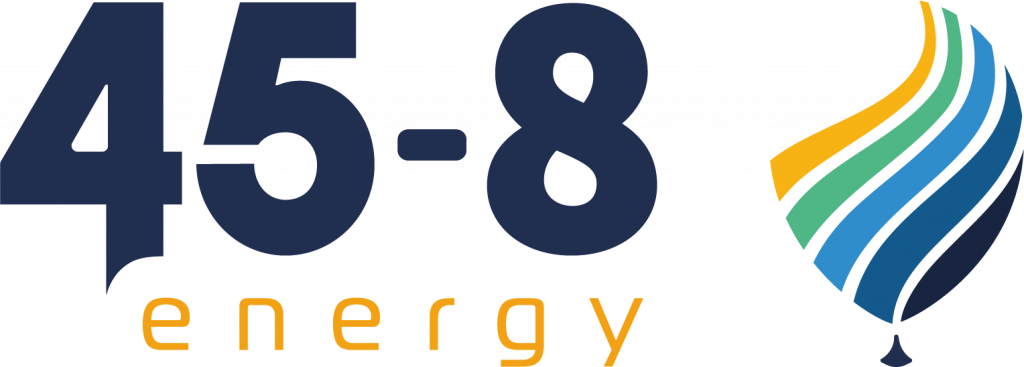
45-8 ENERGY is a partner in the project. It is contributing its technical expertise to the studies and work that will be carried out.
Exploration area size
691 km²
Exploration area size
13
Municipalities
5 years
Valid period of the license
03
The license goals
Identify the location of hydrogen-generating rocks and understand the migration path of hydrogen to the surface or to geological structures where it may have accumulated.
04
The exploration area
The license area covers 691km² and involves 13 municipalities in the French Landes Département (40) :
- Bias
- Castets
- Léon
- Lesperon
- Lévignacq
- Linxe
- Lit-et-Mixe
- Mézos
- Saint-Julien-en-Born
- Saint-Michel-Escalus
- Taller
- Uza
- Vielle-Saint-Girons.
05
Native Hydrogen
The license application is exclusively for native hydrogen.

Is native hydrogen natural?
Native hydrogen is produced naturally in the subsurface. As such, its formation requires no critical materials, no anthropogenic energy and no impact on available fresh water resources.
How is hydrogen formed?
Native hydrogen is formed by the transformation of a rock from the earth’s mantle, reacting with water as it seeps through faults. This process, known as serpentinization, generates a rock called serpentine, as well as native hydrogen.
Is native hydrogen a carbon-free resource?
Yes, because it is produced naturally in the subsurface, native hydrogen is a totally carbon-free resource. Its production would therefore make it possible to envisage low-cost, low-carbon production to serve the energy transition of the south-west and of France as a whole.
Why produce native hydrogen?
Native hydrogen has a role to play in the decarbonization of industry and mobility. This type of hydrogen could easily be integrated into the existing low-carbon hydrogen mix as a natural, decarbonized and competitive resource.
Is it possible to find other gases?
Indeed, other resources could potentially be associated with native hydrogen. Helium, for example, could be associated! In the event that other resources are found, 45-8 ENERGY’s ambition is to exploit all subsurface resources.
06
The work program

Recovery and reprocessing of existing geological and geophysical data
Storengy and 45-8 ENERGY's Geosciences teams analyze existing geological and geophysical data to understand the migration path of hydrogen from the subsurface to the surface.

Soil gas sampling and analysis
It consists in analysing in the laboratory the composition of small gas volumes samples from the soil using a syringe and a cannula driven one meter into the ground.
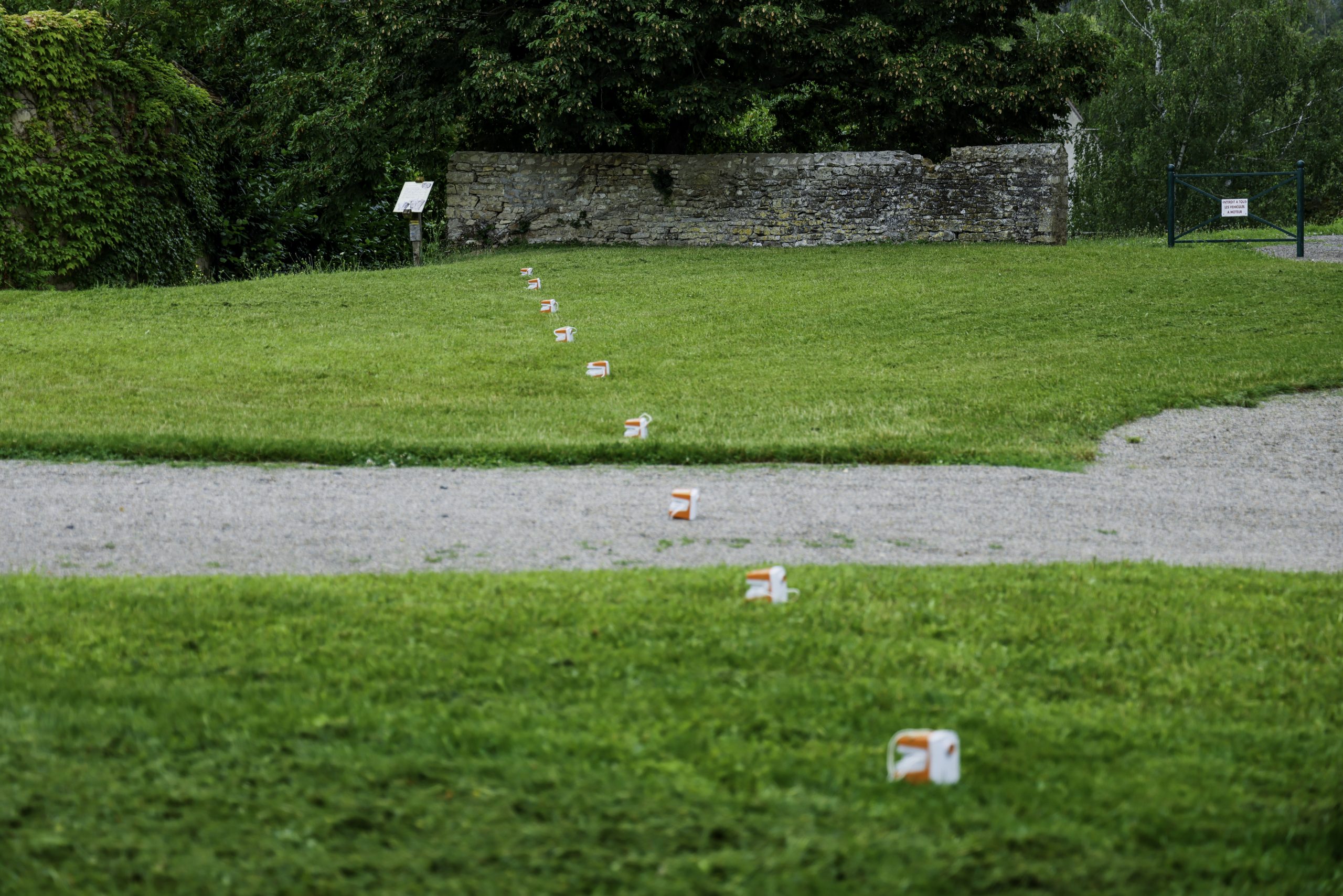
Geophysical data acquisition
To complement existing data, other light geophysical acquisition methods could be considered. These acquisitions would be carried out with the utmost respect for the environment and local residents.
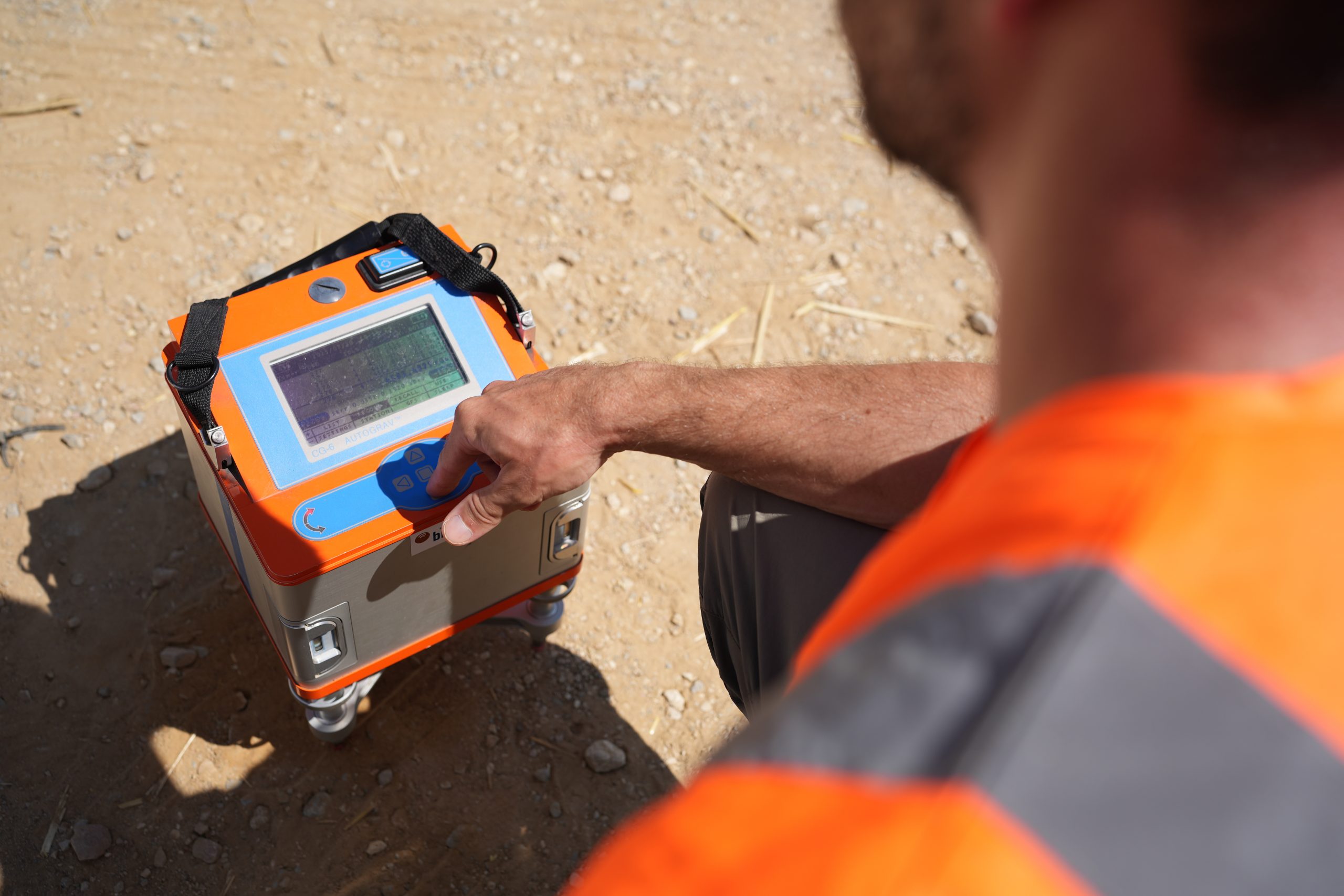
Gravimetry
Using a gravimeter (small portable device), enables to measure minor variations of the Earth's gravitational field and to deduce the composition of the rocks in the subsurface.

Aeromagnetism
By listening to the response of the subsurface to the passage of an electromagnetic wave, the method enables the electrical resistivities of the subsurface to be estimated non-invasively.
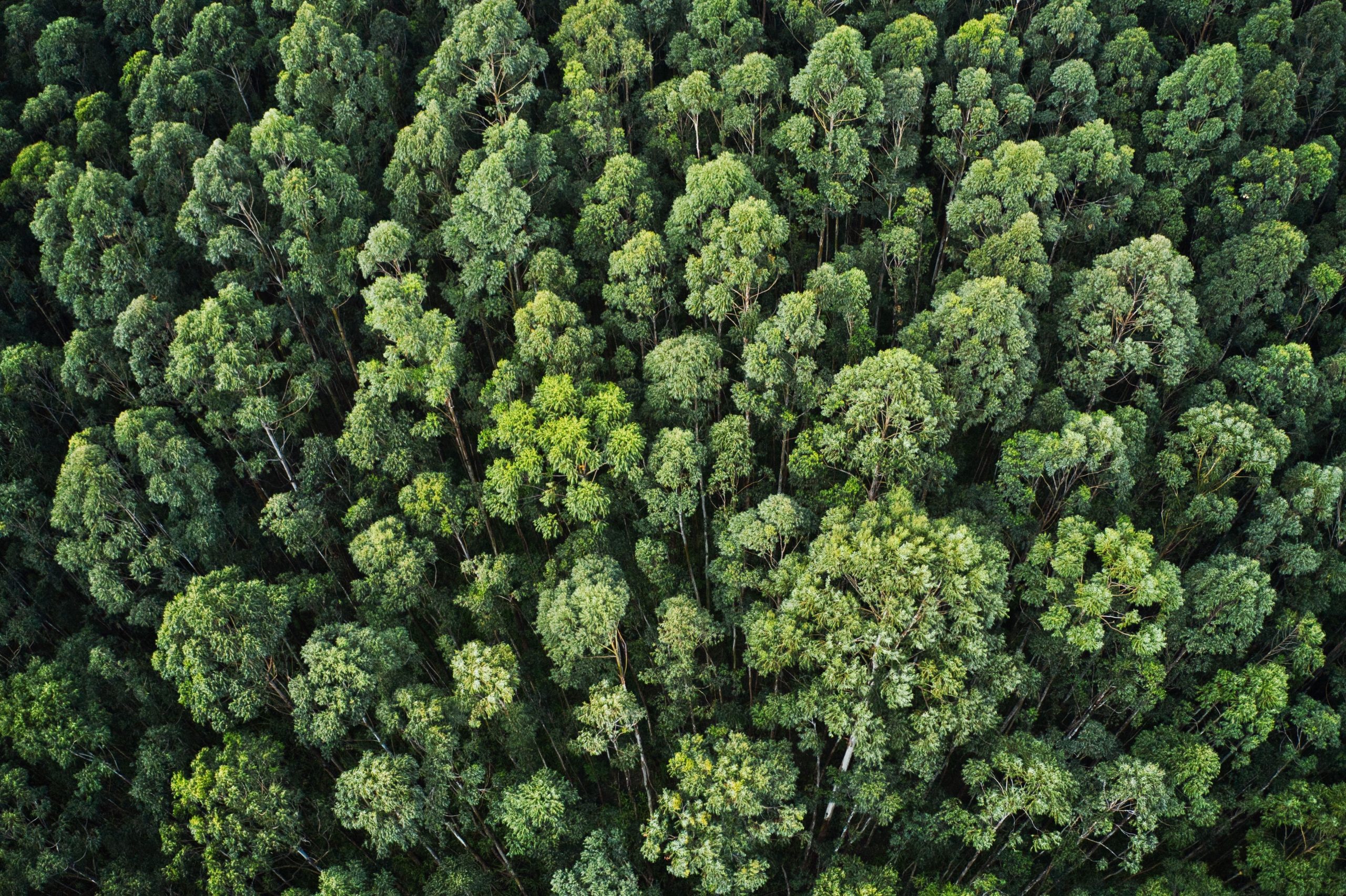
Environmental and economic studies
Any production of native hydrogen must be carried out with the utmost respect for the environment, and its potential consequences must be kept to a minimum. Various studies will be carried out to ensure that the project is economically viable, while respecting the environment in which we will be operating.
07
The license key steps
Theoretical dates. The steps to follow will depend on how long it takes to process the application with the authorities.
